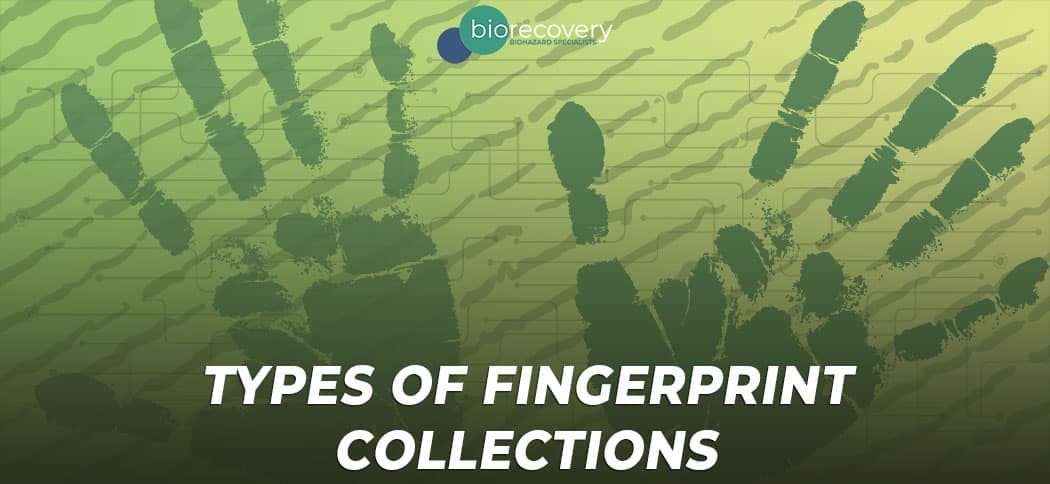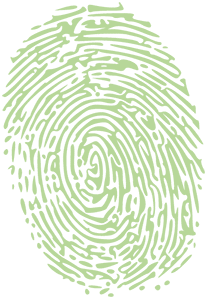Key-Points
Methods of Lifting Fingerprints
Patent Prints
Latent Prints
Why Removing Fingerprint Powder is Difficult
Cyanoacrylate Prints
Chemical Developers
Collecting fingerprints correctly can mean the difference between solving a crime or having it go cold. Thankfully, there are now several techniques used to make the process faster and more efficient.
It requires professional schooling and training, but we can give you the fascinating fast facts on how the pros get it done.
Forensics Use Different Types of Fingerprint Collections
Sherlock fans are probably familiar with using powder and a brush to collect fingerprints. While this is still a very popular method used by forensic investigators, times have changed.
Now there are several methods to lift and collect prints at a crime scene, including but not limited to:
We'll discuss how each method works, and whether or not it's useful.
Patent Prints: Are They Sufficient Enough?
A patent print is a photograph of what's visible to the naked eye and doesn't require any special techniques to reveal. A classic example is when an officer finds a bloody handprint at the scene. It's possible to take a photograph to use for evidence, but it's subjective on whether or not it is sufficient enough.
While patent prints aren't the most accurate at identifying the criminal, they can be used to document evidence, as well as keeping track of where the print was found. Forensic investigators often use other techniques as well to find prints not visible to the naked eye to help build up the case.
Latent Prints: The Most Common Collection with a Messy Aftermath
Latent prints are the most common type of print collection, and the one most people are familiar with from watching popular crime shows. The investigator can be seen lightly dusting the area they suspect a fingerprint to be, and will hopefully find a print which can later be compared with a suspect's fingerprints.
Some of the powders forensics use for this method include:
- Black granular fingerprint powder
- Aluminum fingerprint powder
- Magnetic fingerprint powder
- Fluorescent fingerprint powder
While this method is effective, these powders are also quite messy. Cleaning after it requires more than just elbow grease to remove, which is why we're here!
Why is Fingerprint Powder Difficult to Clean?
Human skin is covered with sweat pores which release oils, grease, and biomatter that we leave behind when we touch surfaces. Fingerprint powder, which is extremely fine, is designed to bind to these oils. It can then reveal the many whorls and swirls that make each print so unique.
While this is great for getting prints that can be put into evidence, it can be a hassle to clean up. Rather than leave it for property owners to clean up, we offer fingerprint powder cleanup as a part of our services to both residential and commercial properties.
Cyanoacrylate: Say That Three Times Fast...
Cyanoacrylate, or superglue, is one of those substances that seems almost mythical thanks to all of the things that it can do. It's used to glue a coffee mug back together, doctors use it after surgeries in place of sutures, and forensic investigators can use it to process fingerprints.
Superglue will react to both dyes and fingerprint powders. It works well on non-porous surfaces, and is applied prior to powders and dyes through fumes. The fingerprint can then be viewed by using oblique ambient light or a white light source.
Chemical Developers
Some fingerprints are obvious and can be spotted without using any specific techniques. Others require a chemical reagent to lift it. This is especially true for paper surfaces.
Chemicals such as ninhydrin and physical developers are used to help lift these prints. The chemicals adhere to amino acids and inorganic salts left behind.
As technology progresses, especially in the forensic science arena, more fingerprint collection methods are being added. Even so, latent prints, chemical developers, cyanoacrylate, and patent prints are some of the most common methods used.
Let Us Clean Your Fingerprint Residue Removal
No matter which type of method was used to collect fingerprints, Bio Recovery is here to help with the cleanup. From blood to fingerprint powder, Bio Recovery assists all aspects of crime scene cleanups.
If you have an area contaminated with fingerprint powder, give us a call at 1-888-752-5001, or have us call you so we can remove it for you. It's hassle-free and generally covered by your homeowner's insurance, meaning there's usually no cost to you.
Share this Post

